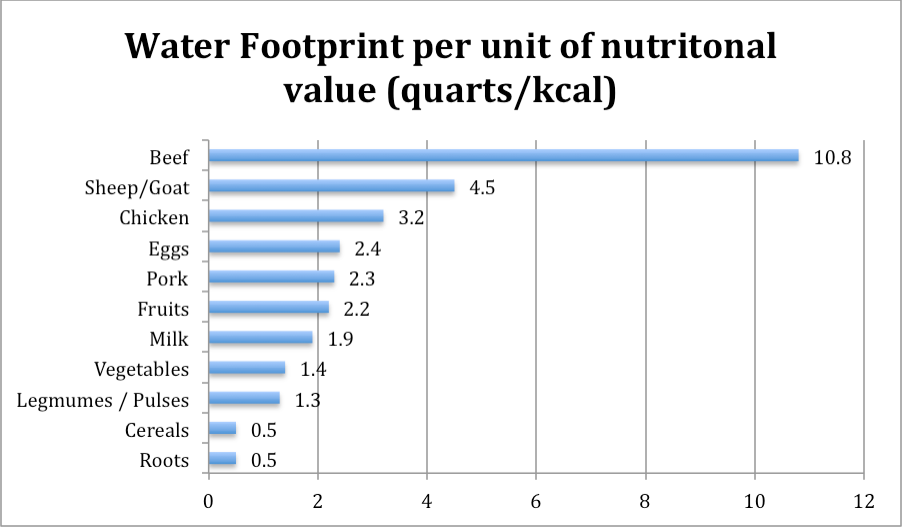The Saturday after Thanksgiving I had the blessing of baptizing Sarah. As has long been my tradition, I return the holy water to the earth as a blessing. When possible, I like to involve any older siblings, cousins or even just other children witnessing the event. Part of my hope is that by participating in the blessing of the earth with the holy water, they will remember the baptism and their involvement with in it. Part of my hope, is that these children through this ritual act will grow into people who continue to bless, as they are blessed by, the wonderful globe we all live upon.
As we were near a river, I asked the four year-old brother and six year-old cousin if they would like to help me. When asked if they knew about the water cycle, both of them nodded their heads, explaining that water came from clouds, into rivers and into our drinking water. Great. I took the opportunity to explain that "this river went out to the sea, where the water cycled and eventually evaporated forming clouds that rolled into the land. When the clouds hit the mountains, the clouds rained, forming streams that flowed into rivers and down to the sea again. So when we pour this holy water into the river, we will bless the entire process, and in tern participate in blessing the world." Both were excited to participate and very carefully poured the holy water into the river.
They watched the river current and noticed a floating pumpkin. "Hey there's a pumpkin!" The pumpkin had all their attention now: wondering what would happen to it? How long would it continue to float?
But for a moment I had their complete attention!
At Rio+20 United Nations Conference on Sustainable Development (June 20-22, 2012) UN Secretary-General Ban Ki-moon mentioned that there are not 1.5 billion more people in the world today than in 1992, and we will need 50% more food and 45% more energy in 2030.
 Food is closely connected to water. 92% of humanities water footprint is agriculture.* How does this break down? The chart at the right gives the amount of water needed per food source. Water needed is "defined as the total volume of fresh water used to produce each item:" in terms of animal production this means the volume of water used for feeding, drinking and maintenance.
Food is closely connected to water. 92% of humanities water footprint is agriculture.* How does this break down? The chart at the right gives the amount of water needed per food source. Water needed is "defined as the total volume of fresh water used to produce each item:" in terms of animal production this means the volume of water used for feeding, drinking and maintenance.I don't know about you, but I suddenly wonder what this all means about my food choices. As Nancy Shute writes: "Many farmers already struggle to get enough water for their crops. Foods like beef, which people crave as they become more affluent, take far more water to produce than fish or plants. Water-efficient techniques like drip irrigation, conservation tillage, and mulching help make the most of a dwindling resource. New, less thirsty varieties of crops will help too. But ultimately we will have to learn to sip where we once gulped."*
If nothing else, it reminds me to be thankful, gracious and gentle with water.
Blessed Be
Joel
___
*Shute, Nancy. "Next: Future of Food: Precious Water" National Geographic Magazine. September 2012. page 26.


No comments:
Post a Comment